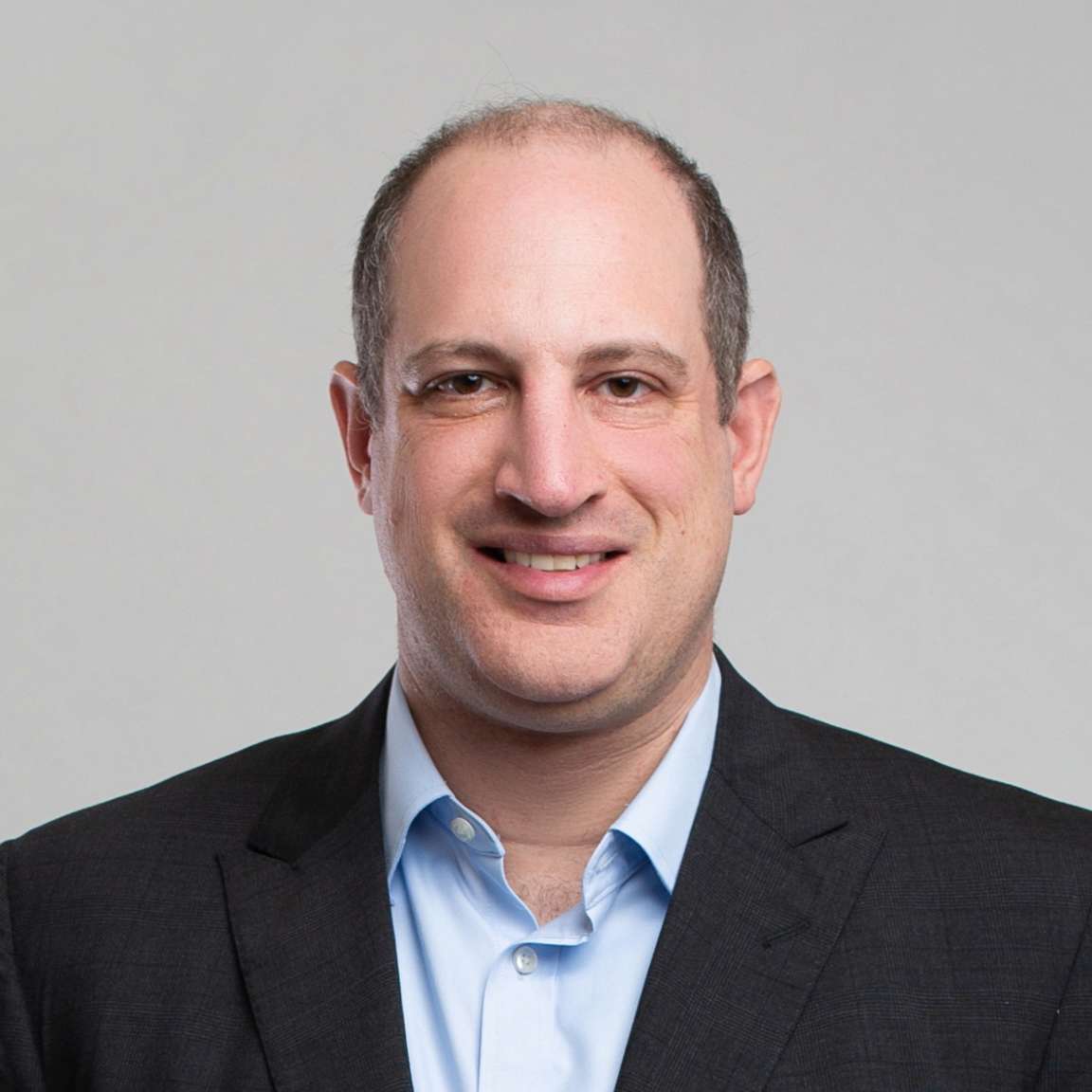Fixed-Income Outlook 2023: Finding Equilibrium

Past performance does not guarantee future results.
CMBS: commercial mortgage-backed securities; EM: emerging markets; EMG: emerging; LC: local currency; USD: US dollar
Historical information provided for illustrative purposes only. US Investment Grade represented by Bloomberg US Agg Corporate Index; Global Investment Grade represented by Bloomberg Global Agg Corporate Index; US High Yield is represented by Bloomberg US High Yield Corporate Index; Global High Yield represented by Bloomberg Global High Yield Corporate Index; Pan-Euro High Yield by Bloomberg Pan-European High Yield; Pan-European EMG HY by Bloomberg Pan European EMG High Yield; EM LC Gov’t HY by Bloomberg EM Local Currency Government High Yield; EM USD High Yield by Bloomberg EM USD Sovereign High Yield; EM USD Corp + Quasi-Sov by Bloomberg EM USD Corp + Quasi Sovereign High Yield; BBB IG CMBS by Bloomberg CMBS IG BBB Index.
As of December 30, 2022
Source: Bloomberg and AllianceBernstein (AB)
-
The views expressed herein do not constitute research, investment advice or trade recommendations and do not necessarily represent the views of all AB portfolio-management teams. Views are subject to revision over time.
Gershon M. Distenfeld thrives on facing challenge, solving problems and putting people with different personalities and different viewpoints together to "make the engine run." When he joined AB in 1998 from a role as an operations analyst at Lehman Brothers, Distenfeld had long been fascinated by the high-yield market, and he led that practice at AB from 2006 to 2016 before assuming responsibility for all of credit. He has been co-head of fixed income since 2018.
In an industry that tends to focus on the short term, Distenfeld's investment philosophy takes the long view, considers a range of outcomes and focuses on the downside. This approach puts process and constant innovation at the forefront, making full use of AB's proprietary technology to mine the insights of fundamental and quantitative research.
"We're constantly reinventing ourselves," Distenfeld says. "We don't just sit still. We adapt to new information so we can find new factors that work."
Distenfeld's eye toward the long view extends to his charitable work with organizations like New Jersey NCSY. This youth organization for disaster relief partners with Habitat for Humanity and NECHAMA to repair homes and lives affected by natural disasters.
As Co-Head of Fixed Income and Director of Global Fixed Income, Scott DiMaggio oversees all of AB's Global Fixed Income, Canada Fixed Income and US Multi-Sector Fixed Income strategies, as well as their associated investment strategy, activities and portfolio-management teams. Prior to joining AB's Fixed Income portfolio-management team, he performed quantitative investment analysis, including asset-liability, asset-allocation, return attribution and risk analysis for the firm.
DiMaggio came to AB as a quantitative analyst, drawn by the firm's culture of strong mentoring and smart, collaborative people who wanted to win for their clients.
"The world of fixed income—the world I grew up in—is enormously complex," DiMaggio says. Its complexity needs an active management approach. His investment philosophy combines the lenses of fundamental and quantitative research to generate the information that can lead to risk-adjusted returns for clients. Fully leveraging AB's proprietary technology, it's a process that DiMaggio and his team refine and repeat.
"What we do is process driven and structured," DiMaggio says. "We like to be consistent."




